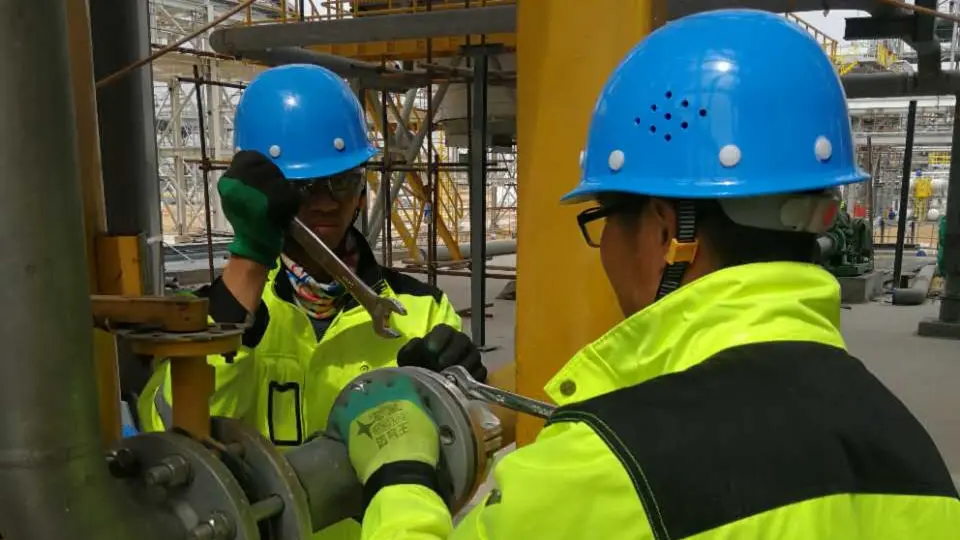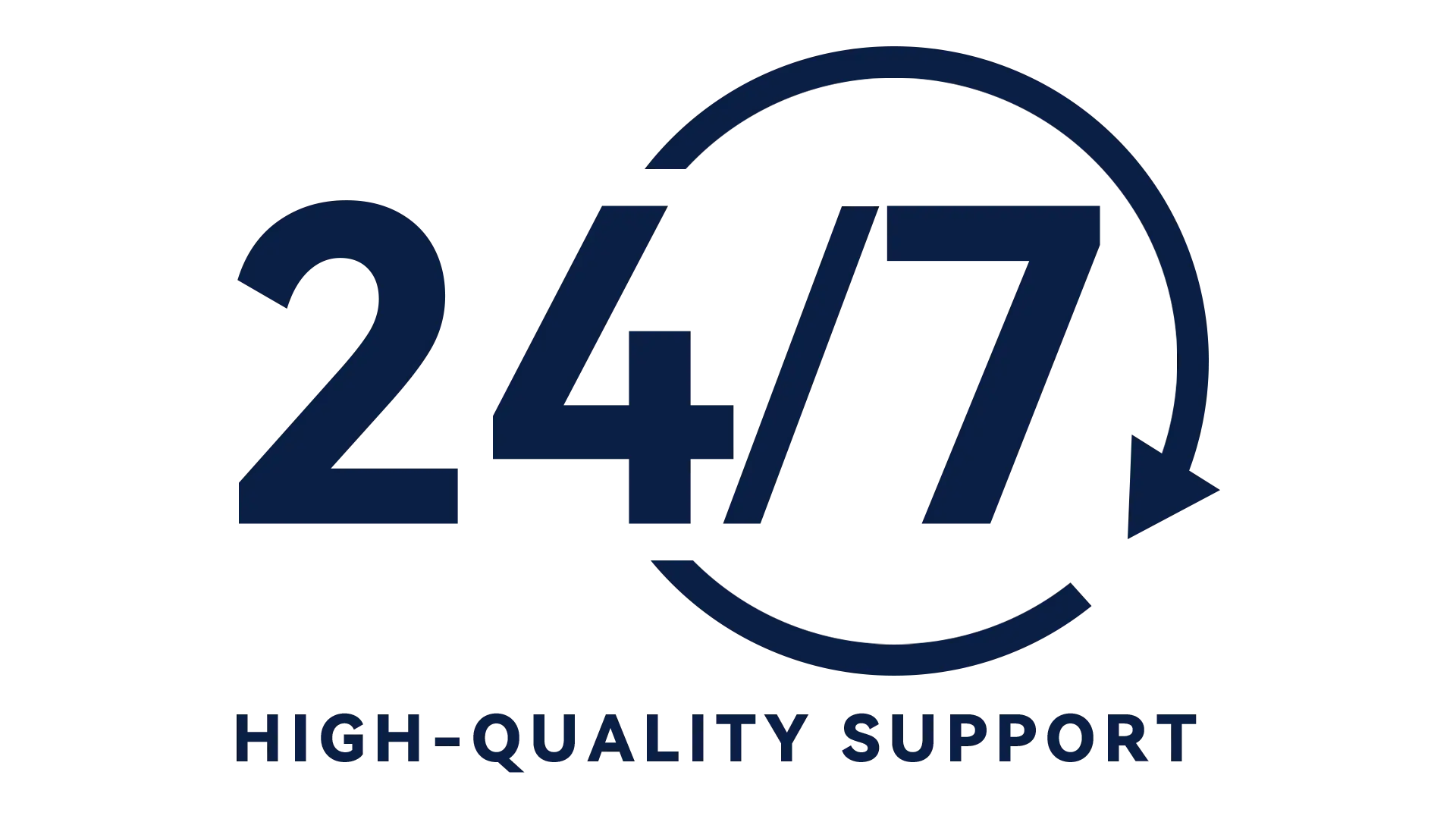While regular maintenance of air compressors is typically associated with improved safety and reliability, it also plays a critical role in reducing energy consumption—an often-overlooked benefit.
A Compressor is a System, Not Just a Machine
An air compressor is a complex system composed of:
- Compressor core
- Oil and cooling circuits
- Piping and sealing
- Control system
Any inefficiency—like air leakage or pressure loss due to dirty coolers—leads to increased energy usage.
For instance, every 50% reduction in the impeller-to-housing clearance can improve energy efficiency by approximately 0.5%–1%. That’s why regular inspection and replacement of the following sealing parts is essential:
- Impeller seals
- Deflector housings
- Shaft seals
The Energy Impact of Fouled Coolers
The heat exchanger (cooler) is directly tied to compressor efficiency. When coolers are not cleaned regularly, they accumulate debris, increasing pressure drop and reducing heat transfer efficiency. This forces the compressor to work harder and consume more power.
Real-World Example:
A cooling stage originally designed with a 5kPa pressure drop experienced a rise to 20kPa due to fouling. This increased compressor power consumption by 1.9%, equating to 300kW or 2.6 million kWh annually—costing ¥1.8 million at ¥0.7/kWh.
Key Energy-Saving Tips
Two common causes of rising energy costs in compressors:
- Sealing wear, resulting in leakage and energy waste
- High pressure drop in heat exchangers, due to fouling
Final Note: Efficiency Starts with Maintenance
Energy efficiency doesn’t just come from VSD drives or intelligent control systems—it starts with routine, proactive maintenance.
If you’re looking to rent an energy-efficient compressor or need help optimizing your compressed air system, we offer tailored solutions backed by expert after-sales and maintenance services.


